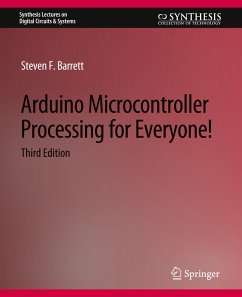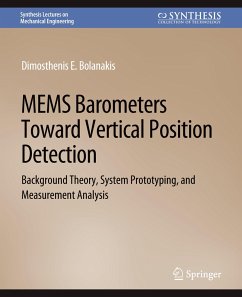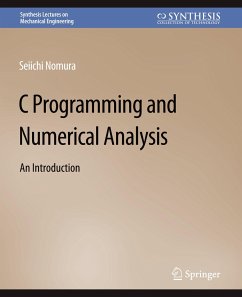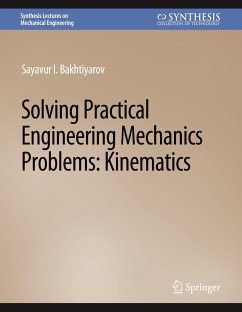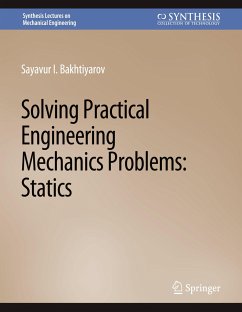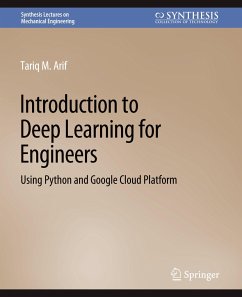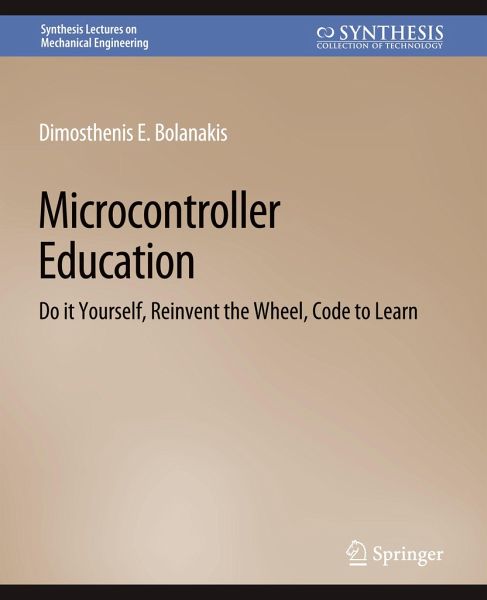
Microcontroller Education
Do it Yourself, Reinvent the Wheel, Code to Learn

PAYBACK Punkte
0 °P sammeln!
Microcontroller education has experienced tremendous change in recent years. This book attempts to keep pace with the most recent technology while holding an opposing attitude to the No Need to Reinvent the Wheel philosophy. The choice strategies are in agreement with the employment of today's flexible and low-cost Do-It-Yourself (DYI) microcontroller hardware, along with an embedded C programming approach able to be adapted by different hardware and software development platforms. Modern embedded C compilers employ built-in features for keeping programs short and manageable and, hence, speedi...
Microcontroller education has experienced tremendous change in recent years. This book attempts to keep pace with the most recent technology while holding an opposing attitude to the No Need to Reinvent the Wheel philosophy. The choice strategies are in agreement with the employment of today's flexible and low-cost Do-It-Yourself (DYI) microcontroller hardware, along with an embedded C programming approach able to be adapted by different hardware and software development platforms. Modern embedded C compilers employ built-in features for keeping programs short and manageable and, hence, speeding up the development process. However, those features eliminate the reusability of the source code among diverse systems. The recommended programming approach relies on the motto Code More to Learn Even More, and directs the reader toward a low-level accessibility of the microcontroller device. The examples addressed herein are designed to meet the demands of Electrical & Electronic Engineering discipline, where the microcontroller learning processes definitely bear the major responsibility. The programming strategies are in line with the two virtues of C programming language, that is, the adaptability of the source code and the low-level accessibility of the hardware system. Some accompanying material of the book can be found at http://bit.ly/mcu-files.



